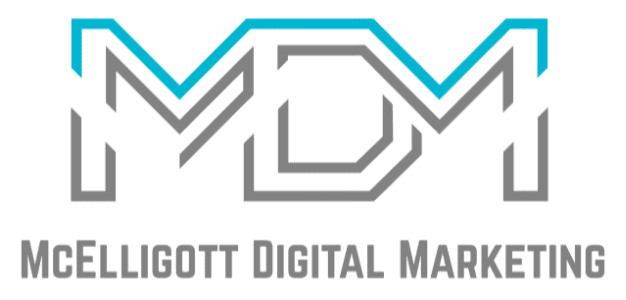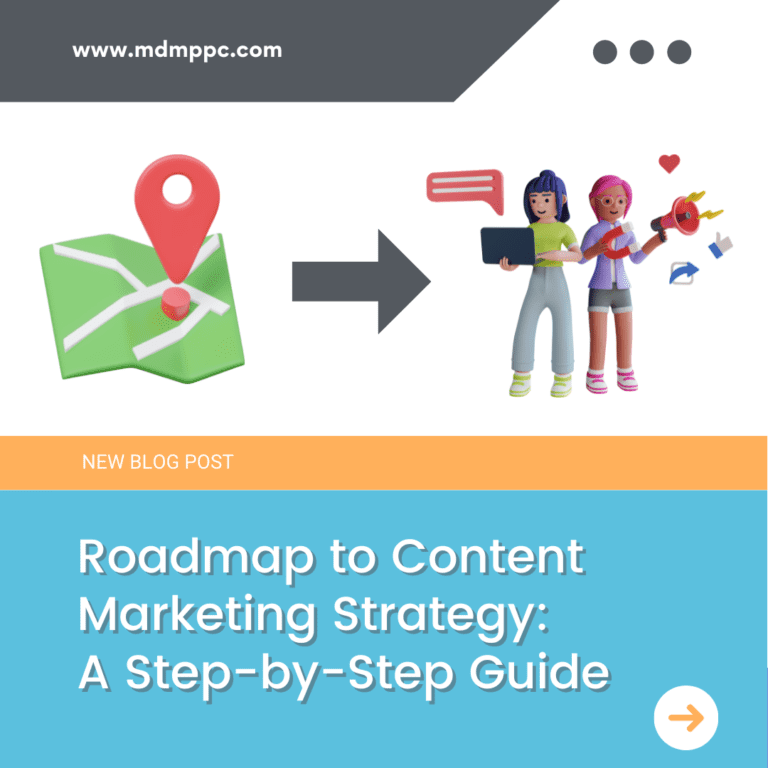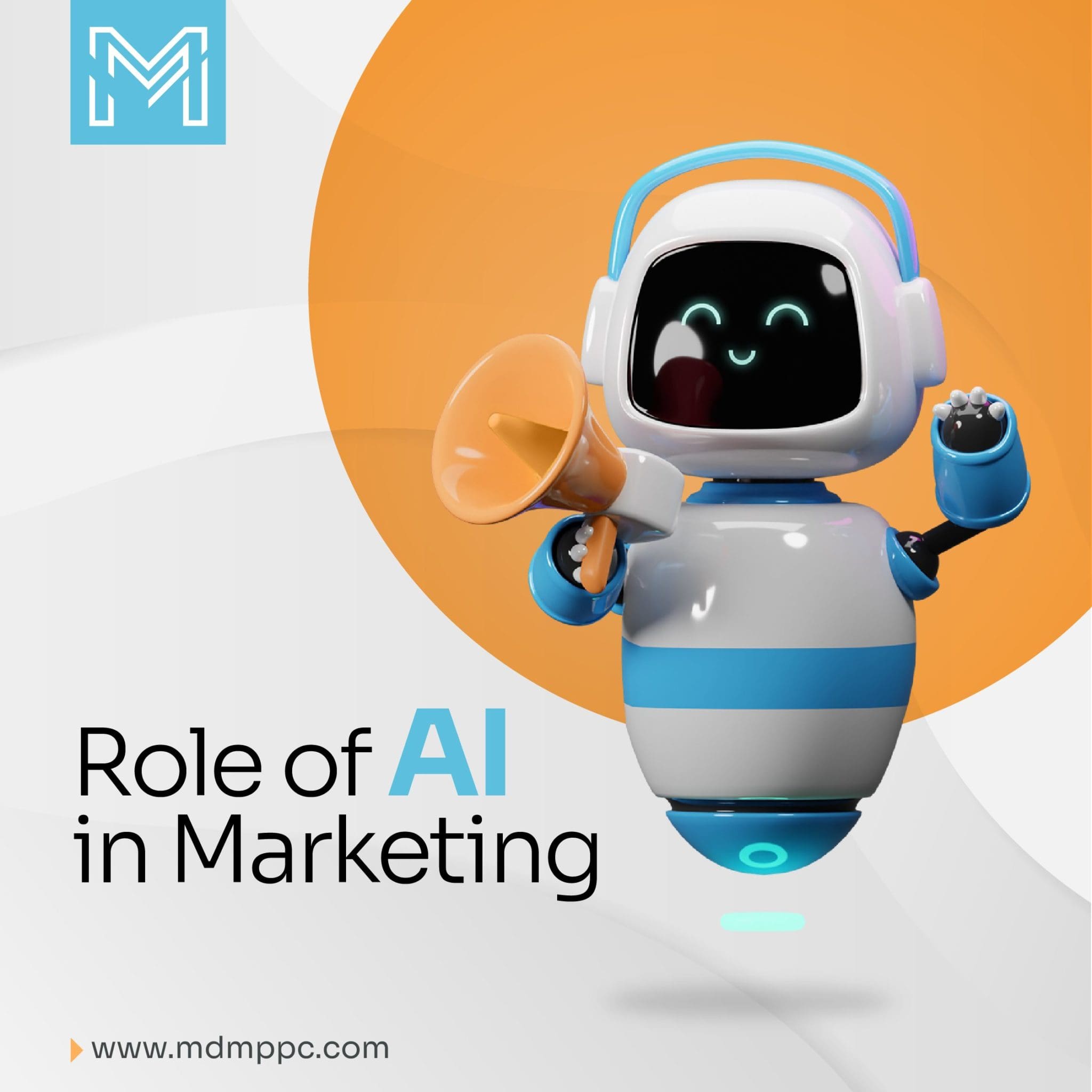You can attract leads, drive more sales and accelerate your business goals with content marketing.
If you look from the SEO viewpoint also, they can help you double on the number of pages that target keywords on your website.
But content marketing is not simply about the piece after piece of created content, daily blogs, podcasts, etc.
You must know the basics of how content marketing works and best practices to set you apart from the online competition.
This definitive guide for content marketing is going to help you execute the best marketing strategy that aligns with your overall business objectives:
1. Audit your existing content material
Despite the fact that many content marketing experts recommend conducting a content audit, many businesses fail to do so. Some because they only have a few pieces of content, while others have a lot of it.
Conduct a content audit regardless of how much — or how little — experience your company has with content material advertising. It’s critical to conduct an audit of your previous content if you want to grow your content marketing. The audit’s findings can provide insight into previous approaches and help you chart a new course with content ideas for the future.
Finish a content material audit with the following steps:
- Create a content inventory:
A content inventory serves as a directory and consists of the content URL. You may include the content’s headings and subheadings in a few cases. You may create a content inventory then export the statistics to a spreadsheet.
- Catalog content subject matter:
After you’ve finished your spreadsheet, sort the information. Keep in mind the content type and topic for complete documentation, such as a 1000-word long How-to-blog article or an 800-word service web page.
- Grade content:
The following step is to assign a grade to each piece of content. You must consider the writing quality as well as the content’s relevance and accuracy for today’s audiences. Examine the content’s business, tone, and visuals as well, as you want it to match your current branding.
- Log content performance:
The overall performance of the content material is the final detail to include on your spreadsheet. A few metrics to include are the number of visitors who came to the page, as well as the Bounce Rate and customer engagement, which you can easily find in Google Analytics.
Build your content marketing strategy around the findings of your content audit. What does your previous content material do well that you’d like to necessarily include or omit from future content? Or, to put it another way, how can you repurpose that content to align with your new content marketing goals?
2. Compile a list of your content marketing objectives
Make sure that each piece of content contributes to your goals and organize them in a hierarchical order to keep them clear.
Start with goals related to your overarching vision and mission before deciding on long- and short-term goals that content marketing can help with. In your strategy, long-term strategic goals should take precedence over short-term operational goals.
Setting Goals Frameworks:
While standard goal-setting frameworks like SMART (Specific, Measurable, Achievable, Relevant, and Time-Bound) goals may be more familiar to you, flexibility is crucial when it comes to setting realistic benchmarks.
Consider implementing the CLEAR framework, which can help you become more adaptable in a fast-changing environment.
The following key characteristics are used to evaluate your CLEAR goals:
- Collaborative: Your goals should encourage others to work together.
- Limited: They are limited in terms of scope and duration.
- Emotional: They inspire and motivate your co-workers.
- Appreciable: It is commendable that they have been broken down into smaller micro-objectives.
- Refinable: They can be redefined in response to changing circumstances and requirements.
3. Decide your Audience
Your audience is an important aspect of content marketing; after all, they’re the ones reading it. As a result, businesses rarely skip this phase when developing a content marketing plan. Businesses may, however, make improvements in this area.
Most of the time, you already know the following information about your target market:
Age
Gender
Income
Location
Education
It’s just their basic demographic data, but it’s quite useful for developing a content marketing strategy. However, the most effective content marketing methods aren’t limited to demographics. They look at what their target audiences do online.
Have a look:
Answering the following questions can help you reach your target audience:
- Where does your audience spend their time on the internet?
If you want to develop unique content, you need to know where your target audience looks for information. The questions they’re posing may be the basis for a fantastic how-to blog post or thorough guide.
Reddit, Quora, or an industry-specific forum may appeal to your target demographic.
- What social media platform do they like to use?
It’s also worthwhile to look into their preferred social media channels. While your audience’s demographics will undoubtedly affect their preferences, understanding whether they favor Twitter, Facebook, Instagram, or Snapchat allows you to tailor your content marketing strategy to the platforms that matter most to them.c
- What are their primary concerns?
You’ll most likely discover your audience’s pain points for your industry while researching their favorite Internet hangouts.
That’s useful for your content marketing strategy. You can create content that is both SEO-friendly and provides solutions to those problems; you can even emphasize how your company solves those problems with sales-oriented content.
- What kind do they prefer?
Take note of the types of content that your audience responds to as you explore their hangouts and social media interactions. Some people may respond well to infographics, while others may prefer videos.
These interactions provide insight into your target audience as well as ideas for how to connect with them.
- Who does your audience trust?
There are influencers in almost every industry. These are people who your target audience trusts, which means that collaborating with that influencer could add enormous value to your content marketing strategy and business goals.
Refine through social media and forums, you’ll most probably find a few influencers who your target audience believes, and they can make faster the purchase decision of your audience.
You can improve your content marketing strategy by better understanding your audience’s motivations and habits. Better content, engagement rates, and lead generation can all result from an improved strategy.
4. Develop your Content Guidelines
This question does not have an easy answer for businesses that are new to content marketing.
It takes time and planning because your team must create guidelines for creating and publishing your company’s content. However, many businesses disregard the recommendation to create a set of content guidelines. It is critical that your company does not skip this step. You can have an impact on the quality of your strategy as well as its impact on your goals if you don’t have guidelines.
As a result, you should create a guide that looks at the following content features:
- Content types:
The most effective content marketing strategies include more than just blog posts, and yours should work as well. Make a list of content types and their distinguishing characteristics or requirements.
A preferred word count or calls-to-action are examples of these requirements (CTAs).
- Images for the content:
The use and format of images should be addressed in your content guidelines. For example, what fonts and colors should they use if they’re making custom graphics? Alternatively, what image-related websites should your group use?
- Content tone
While your company’s branding guidelines may include information on the preferred tone for press releases and other formal communications, they may not include information on more casual content types such as blog posts. In your guide, make a note of your preferences.
Expect to change your guidelines once you’ve launched your content marketing strategy. For example, you might discover that your blog posts need more images to provide a better user experience.
5. Create an outline for the content you’ll be creating
An outline assists you in organizing your thoughts and structuring your article so that it has the greatest impact possible, both for SEO and for readers. It also aids in determining which subtopics to cover and prevents you from forgetting ideas before you begin writing content.
Your spreadsheet should contain the outline. Label each subtopic in the outline with the appropriate heading tag and any other relevant information, if necessary. For example, under each subtopic, you could include any statistics or links you want to include.
Make a rough plan of your content.
Each piece of content begins as a sketch. You are free to use Microsoft Office, Google Docs, or any other program that you are familiar with. Alternatively, you can document your articles in WordPress or another content management system.
Allow a day or two for your draught to rest before revising and editing it. Send it to a trusted editor instead, who can catch errors and point out logical jumps and other problems.
6. Create a schedule for publication and promotion
You have complete control over how frequently your content is published. Marketers value consistency over the frequency of the content.
If you publish new content every Monday, for example, your readers will know when to return and read your most recent offering. You could publish three times a week, once a weekday, or once a day.
Make an effort to publish content on the same days and at the same times each week. Although being a few hours late won’t hurt you, an organization is essential for your content marketing strategy to succeed.
You must also schedule the promotion of your content. Posting your new content on social media and emailing people mentioned in each article can dramatically increase the number of people who see it.
7. Create a content management system
Businesses frequently overlook the value of a content management system (CMS), such as WordPress. You might consider manually planning, producing, and publishing your content if you run a small-to-midsize business (SMB).
However, as your content marketing strategy expands, this becomes unmanageable. As a result, you should start thinking about your management processes as soon as possible. By taking this proactive step, you’ll reduce your team’s stress and workload while also ensuring the success of your content marketing strategy.
8. Metrics for Measuring Your Content Marketing Success
Lead quality, sales, web traffic, onsite engagement, social media engagement, SEO success, and exposure and authority are the seven most important content marketing metrics. Below, we’ll go over how to measure each one in detail.
Before we begin, keep in mind that you are not required to track every single metric.
So, what content marketing metrics should you pay attention to?
Rather than trying to keep track of all content marketing metrics all of the time, you may find it easier and more rewarding to focus on a few metrics that are relevant to your objectives. As an illustration:
- Set specific goals for the outcomes you want if you’re writing a long pillar article to attract links and improve your search engine rankings. After that, keep an eye on new backlinks to that post and your website, as well as your search engine rankings.
- Track the exposure and authority metrics listed below, such as media mentions, and keep an eye on your social media engagement if you’re planning a social media campaign to build buzz around a new product launch.
It’s always a good idea to plan ahead, set specific goals, and track only a few key metrics when calculating your content marketing ROI.
While the methods for delivering content to prospects are constantly evolving, the fundamental principles remain the same: create a top-notch Content Marketing strategy based on reliable data.
As your Content Marketing efforts progress, you’ll discover that McElligott Digital Marketing has content marketing strategies and blog posts to help you take a data-driven approach to content marketing.
We’ll help your company earn more revenue and achieve its digital marketing goals with our personalized content marketing strategies.





